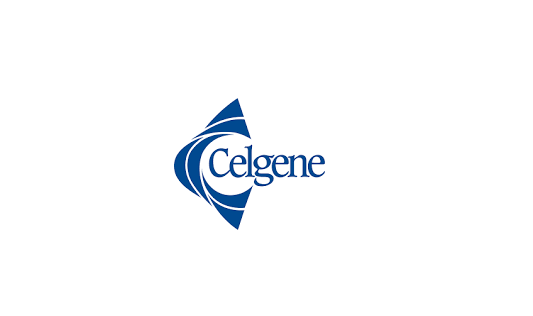Celgene claims win for luspatercept in Believe trial
Specialist trust favourite Celgene (Nasdaq: CELG) has reported positive result in a Phase III trial with the drug candidate luspatercept for treatment of anaemia associated with beta-thalassemia. This follows the company’s success in the Medalist Phase III trial win with the same drug in anaemia associated with myelodysplastic syndrome (MDS).
The unambiguous double trial success for luspatercept, which is forecast to achieve blockbuster sales, should go a long way to rehabilitate Celgene’s reputation with investors. This has become tarnished by a series of trial setbacks and a surprise US regulatory pushback in recent months, leading to the share price almost halving in value. Celgene is one of the four largest components of the Nasdaq biotechnology index and is a top holding for three of the sector specialist trusts. It is the second largest shareholding for International Biotechnology Trust (IBT, 4.8% of NAV) and third largest holding for both Biotech Growth Trust (BIOG, 7.9% of NAV) and BB Biotech (BBB.S, 7.7% of NAV).
The Believe study showed a highly statistically significant improvement for luspatercept in the primary endpoint of erythroid response, which was defined as at least a 33% reduction from baseline in red blood cell (RBC) transfusion burden with a reduction of at least two units during the protocol-defined period of 12 consecutive weeks, from week 13 to week 24, compared to placebo. The study evaluated luspatercept versus placebo, in both cases on top of best supportive care, in adults with transfusion-dependent beta-thalassemia. In addition, the study also met all key secondary endpoints of demonstrating statistically significant improvements in RBC transfusion burden from baseline of at least a 33% reduction during the period from week 37 to week 48, at least a 50% reduction during the period from week 13 to week 24, at least a 50% reduction during the period from week 37 to week 48, and a mean change in transfusion burden from week 13 to week 24.
As with the Medalist study, the absolute values of these endpoints and the statistics were not disclosed, pending publication at a scientific meeting. However, the difference was described again as “highly statistically significant”, which would usually be taken to mean a p value of <0.01.
